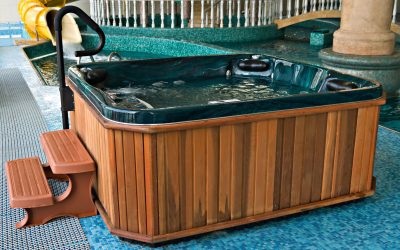Vinyl wallpaper is essentially paper that has been treated with acrylic vinyl. This makes the wallpaper hardy and easy to clean. The best option for high humidity areas, this wall covering is most popular for bathroom and kitchen walls. You can also get this type of wall paper in a coated fabric form, where a layer of fabric is inserted between a layer of paper and liquid vinyl. This type of wall paper is better suited for areas of low humidity, such as living and dining rooms and bedrooms. The other types of vinyl wallpaper include the solid sheet and fabric backed varieties. The solid sheet or paper backed type is effective in all types of weather and is humidity resistant. In addition, this type of wall covering is easy to clean and to remove. The fabric backed contains a layer of fabric that is coated with solid vinyl. Not only is this type of wall covering very durable, it can be used in high humidity areas and all types of climate.
Steps to Hanging Vinyl Wallpaper
Here are some simple steps that you should follow to ensure that your vinyl wallpaper has been hung perfectly.
1. Prepare the wall – The first step in installing new wall paper is to choose a primer that is specifically meant to prepare the wall for papering. Using a primer ensures that the paper sticks to the surface well when you hang it up.
2. Prepare the wallpaper – This means that you need to spread a panel of wall paper spread adhesive evenly over the reverse surface. Make sure you use a vinyl-to-vinyl adhesive not only to help the paper stick better to the wall but also to ensure that the paper sticks well in areas where there is an overlap. Regular adhesives will not be effective in sticking one vinyl sheet to another.
3. Hanging the wall paper – Apply the wall paper to the prepared wall just as you would hang any other type of wall paper. The best way to hang wall paper is to follow the top line and leave a small overhang that can be trimmed later. After applying the paper to the wall, smoothen the surface carefully.
4. Smoothening the surface – Use a short bristled brush that is specifically meant for smoothening the paper. The best option is to use ¾ inch bristles for vinyl wallpaper. Work outwards from the center of the panel to the edges.
5. Check the application – After having applied three or four panels, trim the overhanging ends and check for blisters. If you do find any blisters, use a needle to puncture them. Squeeze the spot to push out any adhesive or air that may have been trapped inside. Repeat this check at regular intervals.


